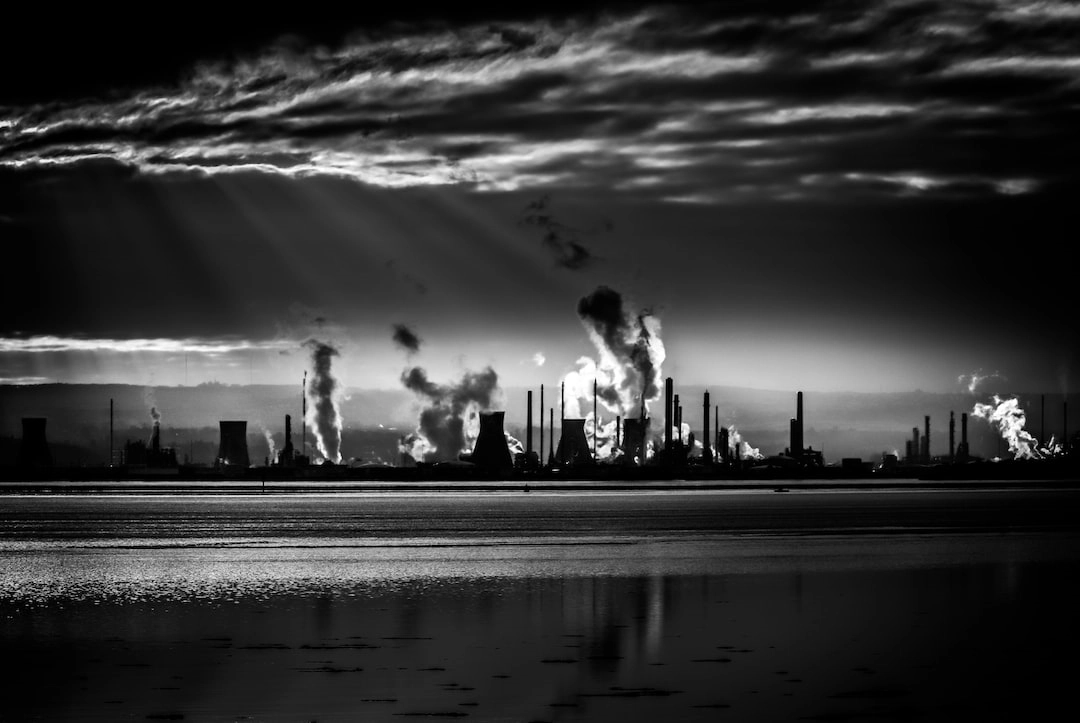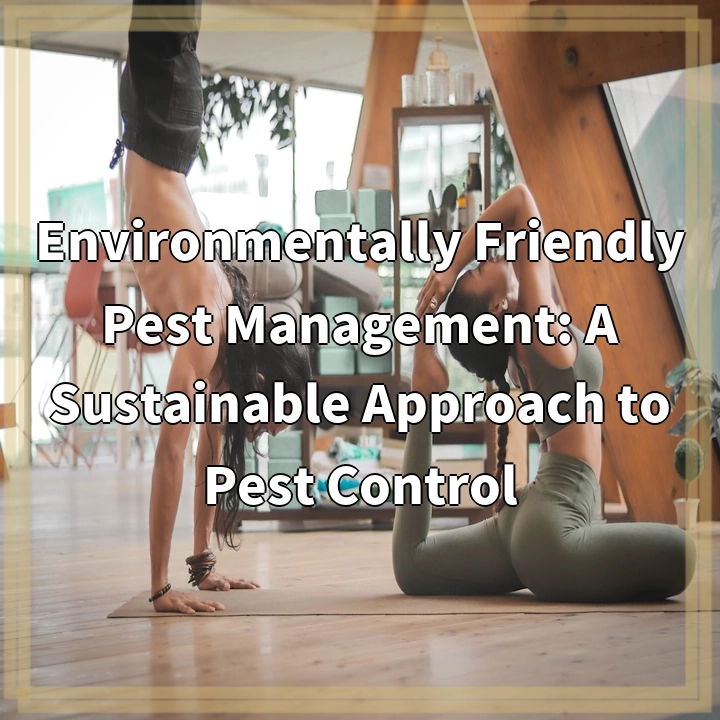
What is Climate Change?
Climate change refers to long-term shifts in temperature, precipitation patterns, and other weather conditions that occur globally or regionally. It is primarily caused by human activities, including the burning of fossil fuels, deforestation, and industrial processes, which release greenhouse gases into the atmosphere. These greenhouse gases trap heat from the sun, leading to a gradual increase in global temperatures, known as global warming.
Real-World Problems Associated with Climate Change
1. Rising Temperatures and Heatwaves
One of the major consequences of climate change is the continuous rise in global temperatures. This increase has led to more frequent and intense heatwaves, impacting both humans and ecosystems. Heatwaves can result in heatstroke, dehydration, and even death, especially for vulnerable populations such as the elderly and young children.
2. Changing Weather Patterns
Climate change also disrupts weather patterns, leading to more extreme and unpredictable weather events. This includes an increase in the frequency and intensity of hurricanes, storms, droughts, and floods. These extreme weather events not only pose risks to human lives but also cause economic losses and devastate ecosystems.
3. Melting Ice and Rising Sea Levels
Rising temperatures are causing the Earth’s ice caps and glaciers to melt at an alarming rate. This leads to an increase in global sea levels, threatening coastal communities and ecosystems. The rise in sea levels intensifies the impact of storm surges, leading to increased coastal erosion, flooding, and loss of habitats for marine life.
4. Biodiversity Loss
Climate change poses a significant threat to biodiversity. As temperatures rise, many species struggle to adapt or migrate to more suitable habitats. This can result in a loss of biodiversity, affecting ecosystems’ stability and impacting the services they provide, such as pollination, water purification, and carbon sequestration.
5. Agricultural Disruption
Changing climatic conditions affect agricultural productivity and food security. Shifts in rainfall patterns, prolonged droughts, and increased pests and diseases negatively impact crop yields and livestock productivity. Small-scale farmers, particularly in developing countries, are disproportionately affected, putting their livelihoods at risk.
6. Health Risks
Climate change poses various health risks, including the spread of diseases, heat-related illnesses, and increased air pollution. Changing climatic conditions create favorable environments for disease-carrying insects, like mosquitoes, increasing the transmission of diseases such as malaria, dengue, and Zika virus. Additionally, poor air quality resulting from pollution contributes to respiratory and cardiovascular problems.
7. Economic and Social Disruptions
The impacts of climate change have wide-ranging economic and social implications. Disasters caused by extreme weather events lead to infrastructure damage, displacement, and loss of lives and livelihoods. This, in turn, results in increased poverty, social inequality, and economic instability in affected regions.

Solutions to Climate Change
Taking action to address climate change is essential to mitigate its impacts and build a sustainable future. While the challenge may seem daunting, there are several solutions that can be pursued at individual, community, and global levels.
1. Transition to Clean Energy Sources
Shifting from fossil fuels to clean and renewable energy sources, such as solar, wind, and hydroelectric power, is crucial in reducing greenhouse gas emissions. Governments and individuals can promote and invest in renewable energy technologies to accelerate this transition.
2. Promote Energy Efficiency
Improving energy efficiency in buildings, transportation, and industries can significantly reduce energy consumption and associated emissions. This can be achieved through energy-efficient technologies, building designs, and better transportation planning.
3. Enhance Forest Conservation and Reforestation
Protecting existing forests and implementing reforestation programs can help absorb carbon dioxide from the atmosphere. Forests act as carbon sinks, keeping carbon out of the atmosphere and mitigating climate change.
4. Sustainable Agriculture Practices
Promoting sustainable agricultural practices that reduce greenhouse gas emissions, conserve water, and preserve soil health is crucial. This includes practices such as organic farming, agroforestry, and efficient irrigation methods.
5. Adaptation and Resilience Building
Building resilience to climate change impacts is essential. This involves investing in climate-resilient infrastructure, improving disaster preparedness, and implementing adaptive strategies to protect vulnerable communities and ecosystems.
6. Reduce Waste and Adopt Circular Economy
Reducing waste generation, promoting recycling and composting, and embracing a circular economy can minimize resource extraction, energy use, and greenhouse gas emissions. This includes reducing single-use plastics, promoting sustainable packaging, and supporting the recycling industry.
7. Education and Awareness
Education and awareness play a vital role in addressing climate change. Promoting environmental literacy, educating communities about the consequences of climate change, and inspiring individuals to take action are important steps in driving change.















